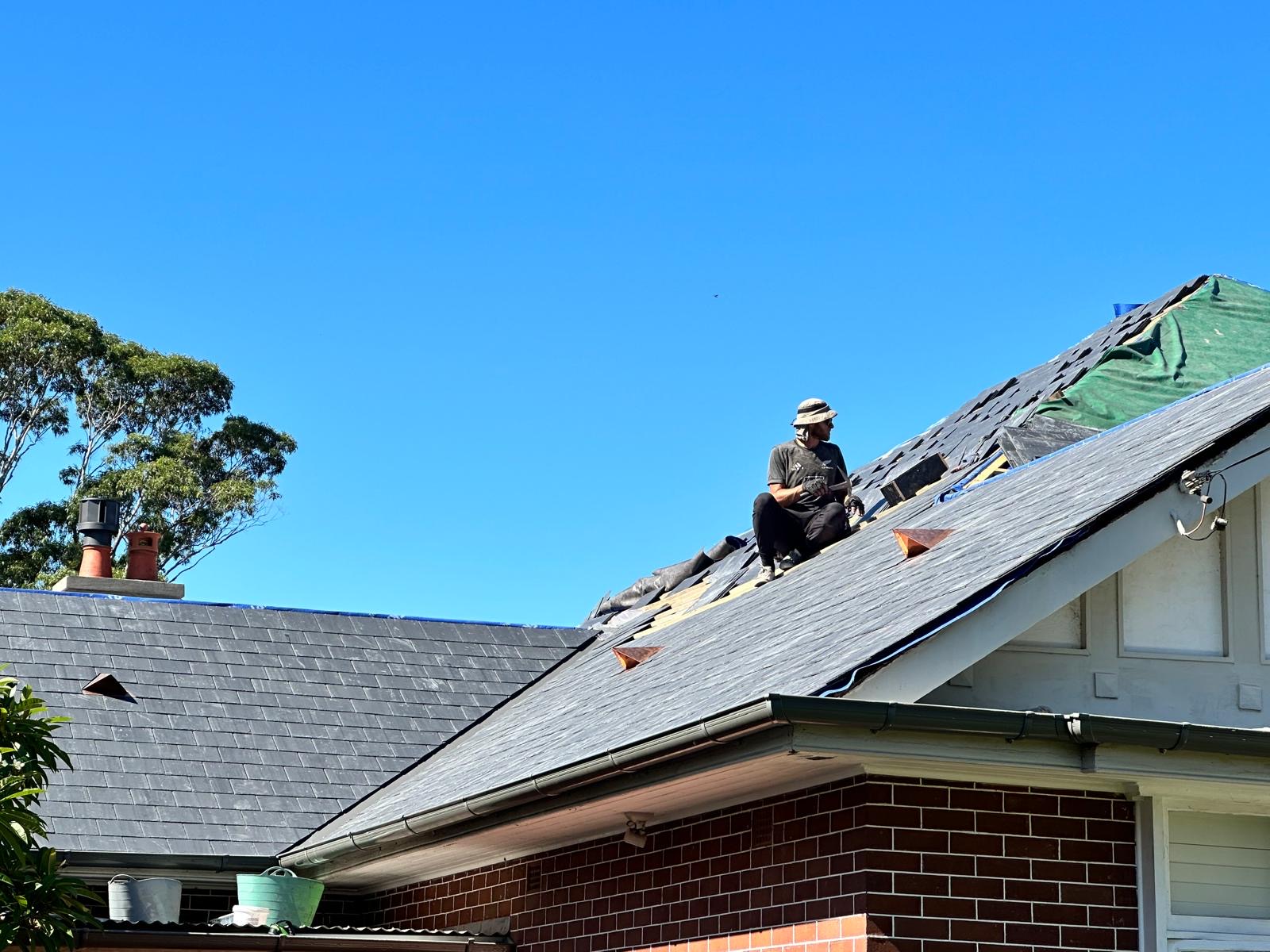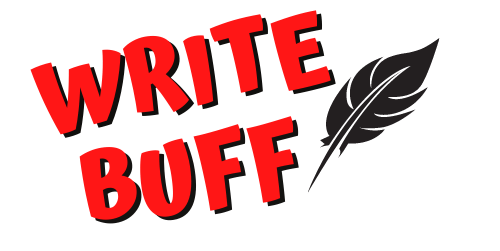Recognising the Critical Signs of Slate Roof Damage
Your slate roof may require urgent repair if you observe signs such as slipped or broken tiles, noticeable water stains on ceilings, compromised flashing, cracked ridge mortar, or slate debris accumulating in your gutters. Additional red flags include visible sagging, unexpected leaks following rainfall, or indications of water damage near chimneys and roof valleys. Scheduling regular roof inspections is essential, as it enables homeowners to identify these issues early, preventing potentially expensive structural damage and ensuring the longevity of your roof investment.

Understanding Water Damage Caused by a Leaking Roof
In many cases, homeowners remain unaware of their slate roof's problems until unsightly water stains become evident on ceilings or water marks appear on walls. Slate roofs are renowned for their remarkable durability and longevity; however, over time, they naturally experience wear and tear. Components such as nails can rust, flashing may lift, and a tile or two might shift enough for water to seep through. Surprisingly, it doesn’t always take a major storm to create issues; often, a persistent small leak can accumulate over time, leading to significant damage.
Recognising the early signs can save you from incurring a much larger repair bill in the future. Here are some key indicators to help you identify when your slate roof may require professional attention and repairs.
1. Noticeable Water Marks on Ceilings
The first appearance of a yellow-brown ring on your ceiling serves as more than just a stain; it is a critical warning. Water can travel through internal structures for metres before finally dripping onto a ceiling area. By the time you notice it, the leak has often been active for quite a while. Typically, water enters at roof joins or near gutter installations, and the marks frequently manifest in cornice areas, adjacent to chimneys, or beneath roof valleys. It’s crucial not to ignore a ceiling stain.
2. Shifting or Uneven Slate Tiles
Slate tiles are installed in tight rows, and when even a single tile begins to shift or dip, it often indicates that the underlying nail has failed. If multiple tiles exhibit this problem, it may suggest that the battens or underlay are compromised. While one or two loose tiles may be an easy fix, a larger area of displaced tiles is a sign that your roof requires immediate attention to prevent further damage.
3. Finding Slate Fragments in Gutters or on the Ground
If you discover pieces of slate littering your gutters or, worse yet, on the ground following wind or rain, it typically indicates that the tiles are cracking or crumbling. This deterioration can occur due to age, impact, or loose fixings. It serves as one of the earliest signs that your roof requires inspection and potential repairs, even if it appears visually acceptable from the street.
4. Warped, Lifted, or Rusted Flashings
Lead flashing is designed to protect crucial joins around chimneys, skylights, and roof valleys. If the flashing becomes cracked, lifted, or starts to corrode, it creates an entry point for water. While this damage may be difficult to notice from the ground, it is often obvious from the roof. If your roof is older than 20 years and the flashing has not been replaced, it is likely time for an upgrade.
5. Cracking Mortar Along the Ridge or Gables
Cracked or loose ridge capping is a common issue with older roofs. The elements, including rain, wind, and sun, gradually break down the mortar over time. If this issue is not addressed promptly, it can lead to water penetrating beneath the tiles. Typically, this problem can be resolved with a simple repair instead of requiring a complete re-roofing, provided it is caught early.
6. Unusual Ticking or Dripping Sounds After Heavy Rain
This may sound peculiar, but one of the first indicators of a leaking slate roof is the sounds it makes. If you hear ticking, dripping, or the sound of water trickling down inside walls after a storm, this should raise immediate alarm bells. It suggests that water is moving behind the scenes, indicating the need for professional intervention before the next rainfall.
7. Recent Roofing Work
It is more common than one might think to encounter issues after recent roofing work. Scaffolding from other trades, solar panel installations, or gutter repairs can inadvertently damage slate tiles. Even walking across a slate roof without proper knowledge of foot placement can lead to cracking or dislodging tiles. If you’ve noticed changes after any roofing work was performed, it is advisable to have it inspected.

Taking Action: What You Should Do Next
If any of these signs resonate with you, the next best step is to schedule a comprehensive inspection. A qualified roofer with expertise in slate roofing can differentiate between general ageing and issues that require immediate repair.
A thorough inspection involves more than just a superficial assessment; it necessitates checking the condition of the battens, sarking, flashing, and the roof's ventilation systems. Sometimes, a few tiles may need to be replaced, while other instances may call for significant repairs. The key is to be proactive and identify potential problems before water damage has the chance to escalate.
Get in touch with us today for a complimentary roofing quote, and take the first step in safeguarding your home.



It’s interesting how often the subtle signs of roof damage are overlooked until they escalate into serious issues. I recently had a conversation with a neighbor who faced a costly repair because they dismissed the small water stain on their ceiling for too long. It’s a stark reminder of how essential regular inspections are, especially for slate roofs, given their unique characteristics and the investment they represent.
It’s fascinating how often the importance of roof maintenance can be overlooked until it becomes an urgent issue! I’ve had my own experience with a slate roof, and it really opened my eyes to how much we tend to take our roofs for granted. I remember moving into my first home with a beautiful slate roof, and while I was enamored by its aesthetics and the charm it brought to the house, I didn’t fully grasp the importance of regular inspections until I noticed a subtle water stain creeping down one of the walls after a heavy rain.
It’s so true how we often overlook roof maintenance until it turns into a more serious concern. Your experience with the slate roof really resonates; they can be such stunning features, but the upkeep is crucial. I remember moving into my own place and being captivated by the character of the roof too. It had a bit of a sag that I thought added charm, but I quickly learned that it was more of a warning sign than a quirk.
It’s fascinating to see how often the importance of regular maintenance gets overlooked, particularly with something as durable and long-lasting as a slate roof. I can relate to the urgency of recognizing those initial signs of damage; it reminds me of when we first bought our home, and I saw those subtle signs that something was amiss overhead. I remember brushing off the small, the barely noticeable water stains as just part of the home’s aging process, only to realize later that neglecting them led to much larger repair issues.
I found this post really insightful, especially since I’ve been grappling with some roof issues myself lately. One of the points you made about identifying water stains as a clear indicator of roof problems really struck a chord with me. I’ve had a slate roof for a little over a decade, and while I’ve always appreciated its longevity, I’ve only recently realized how crucial it is to be proactive about maintenance.
I appreciate you shedding light on such an essential yet often overlooked topic. Slate roofs, while celebrated for their longevity and aesthetic appeal, can indeed develop issues that may not be immediately apparent to homeowners. I’ve had a few experiences with slate roofs, both in homes I’ve lived in and in properties I’ve helped friends inspect, and it truly illustrates the importance of being vigilant.
It’s striking how easily we can overlook the signs of wear on a slate roof, especially since they seem so sturdy at first glance. Your mention of water stains really resonates with me—I’ve encountered this firsthand in my home, where what appeared to be minor leaks escalated into significant damage. It makes such a difference to stay proactive with regular inspections, which not only preserves the roof but also protects the home’s interior and overall value.
Ah, the charming world of slate roofs! It’s like owning a cat—stunningly beautiful but occasionally full of surprises (like knocking over your favorite mug). Your detailed breakdown of damage signs is so helpful; I wish I’d read it before my last rainstorm. I’d just gotten used to my “new ceiling decor” of water stains and thought it added character. Who knew I was one slipped tile away from starring in my own water damage horror film?
Slate roofs really do have that unique charm, don’t they? It’s funny how something so beautiful can come with its own set of surprises. I think your cat analogy is spot-on—those graceful slopes and rich colors can distract from the fact that they need careful attention.
I found your insights on slate roof damage quite enlightening. It’s fascinating how a material known for its durability can still develop issues over time, often without us realizing it. I have a friend who recently encountered a serious problem with their slate roof, and, like you mentioned, they only noticed it when water stains started appearing on their living room ceiling. It was a tough lesson about the importance of regular inspections.
I totally relate to the concerns about slate roof maintenance. It’s true that signs of damage often sneak up on us, sometimes revealing themselves through those dreaded water stains. Recently, I had a neighbor who waited too long to address a cracked tile and ended up with a much bigger repair bill than if they’d acted sooner. It’s so easy to overlook these issues until they become a bigger problem. Plus, with the unpredictability of weather, those regular inspections really are key. Have any readers had a good experience with a particular inspection service or maintenance routine? Would love to hear what worked for you!